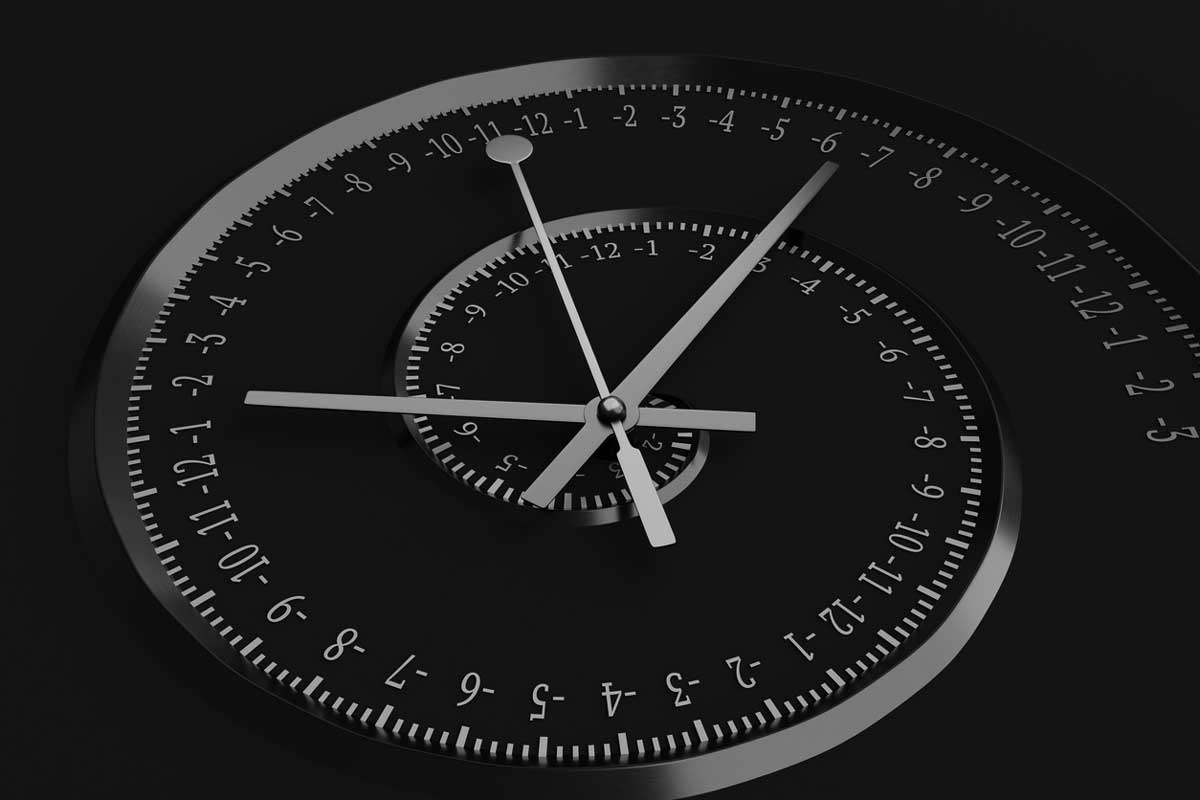
Retrograde Extrapolation
The forensic technique used to estimate a person’s blood alcohol concentration (BAC) at an earlier time by working backwards.
Retrograde Extrapolation in DUI Cases
Retrograde extrapolation is a forensic technique used to estimate a person’s blood alcohol concentration (BAC) at an earlier time by working backwards from a known later BAC. In DUI cases, prosecutors may call expert witnesses to calculate what a driver’s BAC would have been at the time of driving, based on the BAC measured at the time of testing (often an hour or more after the stop). DUI defense attorneys need to understand how this calculation works in order to challenge its accuracy or underlying assumptions.
How Retrograde Extrapolation Works
The basic principle is to add back the alcohol that the body metabolized between the driving time and the testing time. Experts assume an average alcohol elimination rate (often around 0.015% BAC per hour) for the person, then multiply that rate by the time gap. The formula can be summarized as:
Earlier BAC = Measured BAC + (Elimination rate × Hours elapsed)
For example, if a driver's breath test indicated 0.08% BAC an hour after driving, an expert might estimate the BAC at the actual driving time to have been about 0.095% BAC (adding 0.015 for one hour of elimination). This backward calculation is often used by the prosecution to argue the driver was over the legal limit while driving, even if the chemical test occurred later.
However, retrograde extrapolation relies on several assumptions. It presumes the elimination rate used is appropriate for that individual and that the person had fully absorbed all alcohol by the time of the test (i.e. was in the post-absorption, or elimination, phase). It also assumes accurate knowledge of the timeline of drinking.
Challenges and Limitations
Defense attorneys frequently challenge retrograde extrapolation evidence by pointing out potential inaccuracies. Some key limitations include:
- Unknown absorption state: If the driver was still absorbing alcohol when stopped (not yet at peak BAC), the extrapolation will overestimate the earlier BAC. It's critical to know whether the person was in the absorption or elimination phase at the time of driving.
- Individual variability: Alcohol elimination rates vary from person to person. While 0.015%/hour is an average, actual rates can range roughly from 0.010% to 0.025% per hour (or even beyond in extreme cases). Using a one-size-fits-all rate can introduce error.
- Drinking pattern uncertainty: The calculation is only as good as the information about when and how much the person drank. Incomplete or inaccurate drinking history (e.g. unknown last drink time, number of drinks, alcohol content) can make the extrapolation unreliable.
- Limited data points: In real cases, typically only one or two BAC measurements are available (from breath or blood tests). Without multiple samples over time, it’s difficult to confirm the true alcohol elimination rate for that individual on that occasion.
Courts recognize that retrograde extrapolation has a scientific basis but also acknowledge these uncertainties. A skilled DUI defense lawyer can cross-examine the State’s expert on each assumption, potentially undermining confidence in an extrapolated BAC. In some jurisdictions, experts must provide extensive foundation for their retrograde extrapolation analysis, and overly speculative calculations might be deemed inadmissible or given little weight.
Interactive BAC Back-Calculation
Try the simple tool below. Select a BAC measured at the time of testing and adjust the time gap to see an estimated earlier BAC at the driving time. (This uses a fixed elimination rate of 0.015%/hour for demonstration purposes.)
Estimated BAC at driving time: 0.095%
*This interactive example assumes a constant average elimination rate. In practice, if the actual rate or absorption state differs, the true prior BAC could be lower or higher than this estimate. Always examine the specifics of your case.
